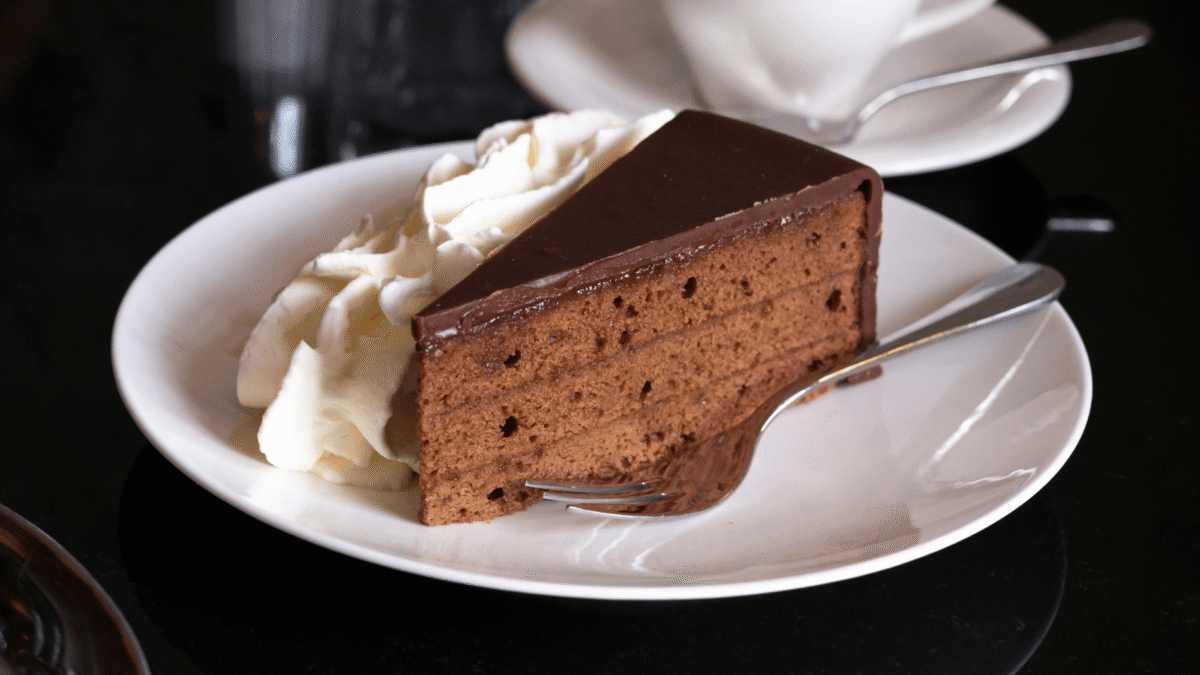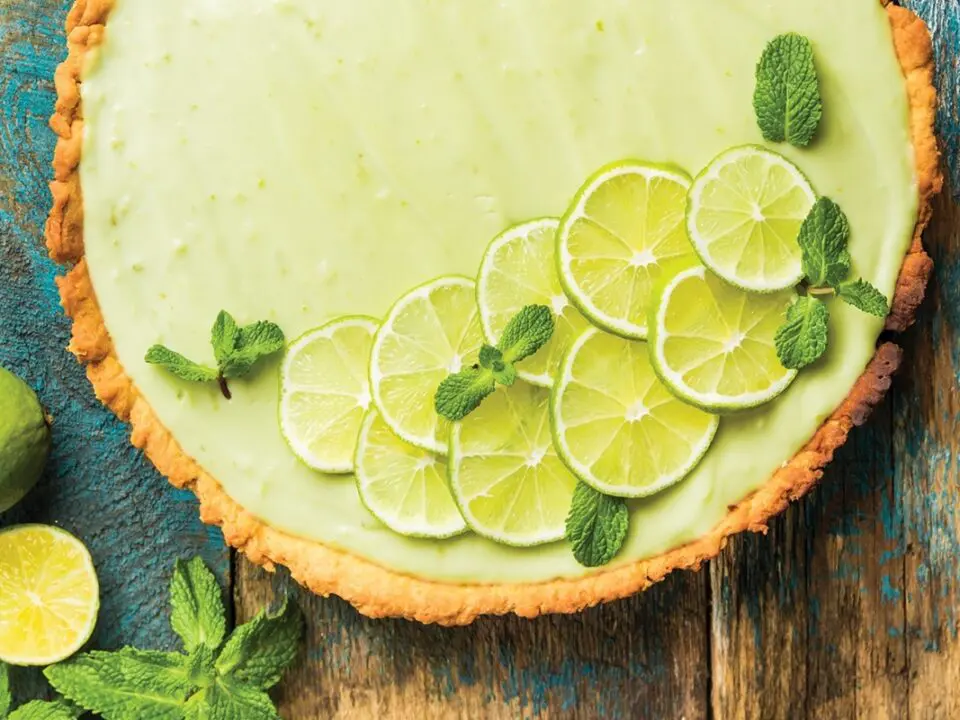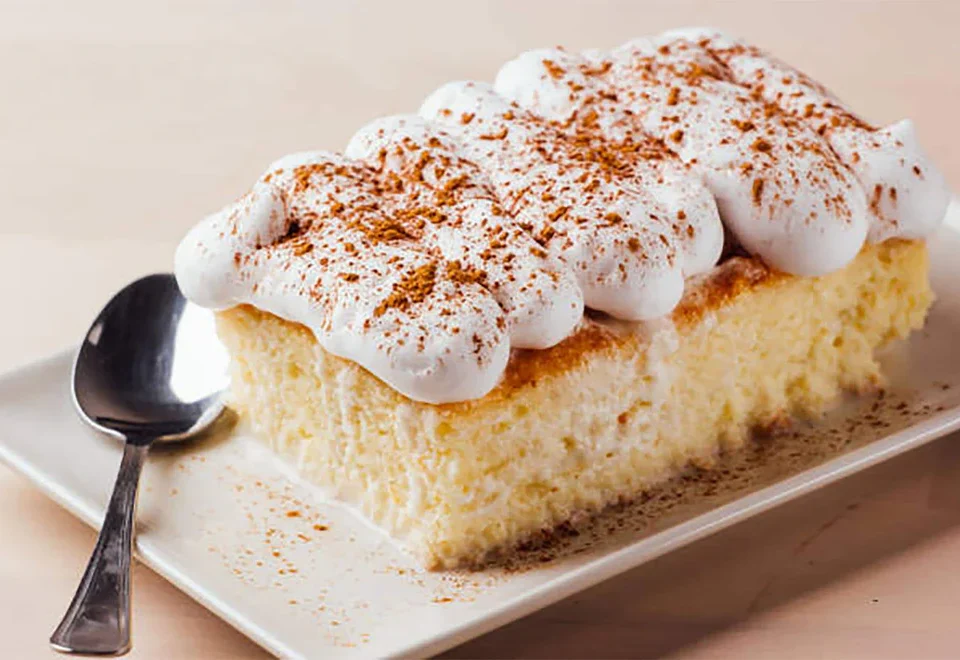
Muesli Slice
July 27, 2025
Bench Scraper
August 4, 2025The Chocolate Cake With a Viennese Souls
If you’ve ever found yourself in a Viennese café on a cold afternoon, chances are you’ve seen a slice of Sachertorte slowly melting into a pool of whipped cream. It’s rich, understated, and deeply connected to Austria’s culinary identity. But what exactly is it—and how did this particular cake become such a cultural icon?
Let’s take a closer look at one of the most famous chocolate cakes in the world.
Where it all began: Vienna, 1832
The Sachertorte, a creation of 16-year-old apprentice chef Franz Sacher in 1832, is more than just a cake. It’s a symbol of Austrian culinary heritage. The story goes that Prince Metternich, a powerful Austrian statesman, requested a special dessert for his guests, and the head chef fell ill. The task fell to Franz, who rose to the occasion with a dense chocolate cake, apricot jam, and a shiny chocolate glaze.
It wasn’t just good—it was memorable. And while it didn’t immediately become famous, the recipe was passed down within the Sacher family and eventually reached its full glory when Franz’s son, Eduard, opened the now world-famous Hotel Sacher in Vienna.
Why it’s so beloved in Vienna
A proper Sachertorte isn’t just cake. It’s part of the rhythm of Viennese café culture. Locals take it with their afternoon coffee, often with a cloud of unsweetened whipped cream on the side. The cake itself is rich and chocolatey, with a subtle hint of apricot from the jam, but it’s not overly sweet, which makes it a perfect match for a strong espresso or black tea.
It’s also a dessert that respects restraint. No ganache, no layers of mousse or fudge—just sponge, jam, and a thin glaze. It’s confident in its simplicity, and that’s something Viennese bakers (and eaters) appreciate.
Adaptations around the world
As the Sachertorte made its way beyond Austria, it didn’t just spread geographically, but also culturally. Variations began to appear, each adding its own unique twist to the original recipe. Some bakers use raspberry jam instead of apricot. Others split the sponge into multiple layers or add whipped ganache between them. There are vegan versions, gluten-free versions, and even ice cream adaptations that try to mimic the flavour profile.
In some countries, Sachertorte has become a go-to dessert for birthdays or holidays. In Japan, for instance, it’s a popular Valentine’s Day gift, often packaged in sleek black boxes with gold lettering.
But ask anyone in Vienna, and they’ll tell you: there’s only one original.
What makes a great Sachertorte
The traditional version isn’t particularly moist—don’t expect a gooey chocolate cake. The sponge is firm, a little dry by modern standards, but that’s intentional. The apricot jam adds a subtle fruitiness and keeps the crumb from feeling heavy. The chocolate glaze on top is glossy and just bitter enough to balance the sweetness.
And then there’s the unsweetened whipped cream. Not optional. It’s served on the side to bring lightness to each bite and balance the density of the cake. If you serve Sachertorte without cream in Vienna, prepare for a stern look from the waiter.
Is it hard to make at home?
Yes and no. The technique isn’t overly complicated, but the devil is in the details. Getting the glaze to set just right, baking the sponge so it’s firm but not dry, and applying the jam so it’s present but not overpowering—all of it takes care and patience.
If you’re going to try making one yourself, use the best chocolate you can find. And be generous with the cream.
Final thoughts
Sachertorte isn’t flashy. It’s not the most Instagrammable dessert on the table. But it has something most cakes don’t—history, culture, and a quiet elegance that’s lasted for nearly two centuries.
At Flux Desserts, we love these kinds of desserts. Not just because they taste good (though they do), but because they tell a story. And in the case of Sachertorte, it’s one worth telling slowly—preferably with a fork in one hand and a coffee in the other.



